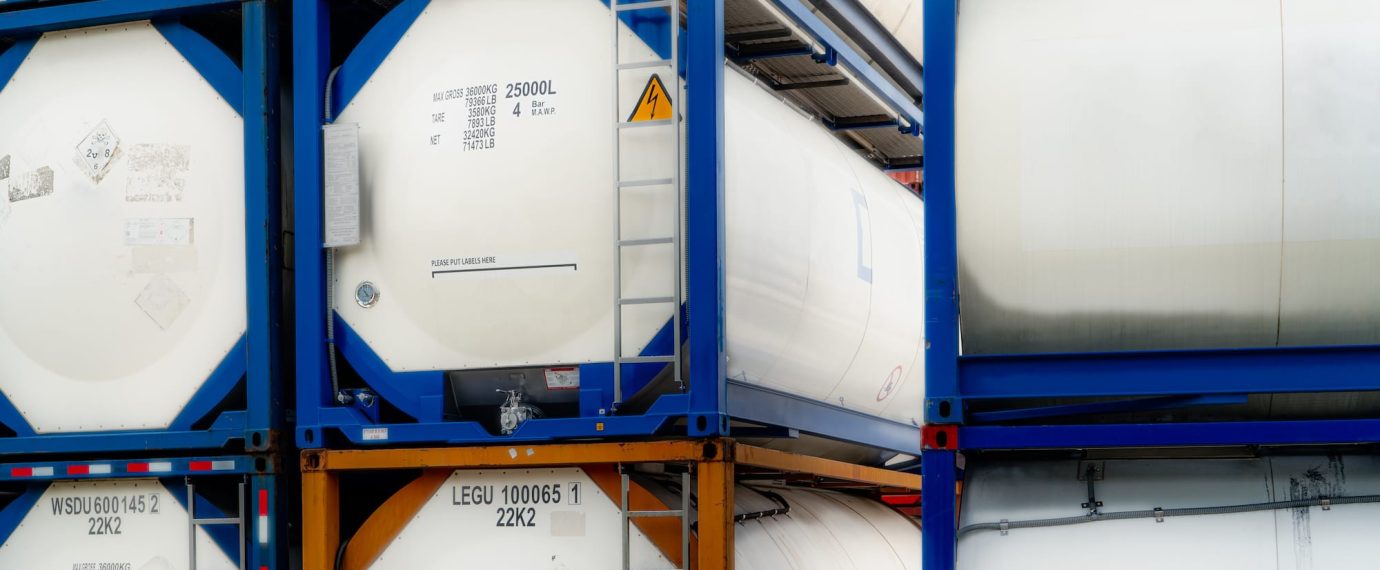Navigating Tier II reporting under the Emergency Planning and Community Right-to-Know Act (EPCRA) is crucial for industries dealing with hazardous chemicals. This comprehensive guide will walk you through the essentials of Tier II reporting, offering practical insights and guidance for compliance.
Regulatory Background
Understanding Tier II reporting starts with its history. This goes back to the Superfund Amendments and Reauthorization Act (SARA) of 1986, which authorized the Emergency Planning and Community Right-to-Know Act (EPCRA). EPCRA was created in response to mounting environmental and safety concerns surrounding toxic chemicals following the Bhopal disaster in 1984.
EPCRA was designed to provide information to the public and local governments regarding hazardous chemicals and to encourage emergency planning efforts to address the risks they pose. The Tier II report is one of the ways that businesses and industries provide this vital information. Its history in context emphasizes the importance of proactive chemical management and community awareness, aligning with EPCRA’s overarching goal of preventing disasters and keeping both the environment and the public safe.
What is a Tier II Report?
The Tier II report is an annual chemical storage inventory report. The Tier II form intends to provide state and local officials, including first responders, with information about the locations of hazardous chemicals stored at a facility and the dangers they pose. The Tier II report is required to be submitted annually by March 1, with each submittal summarizing the chemical inventory information for the previous calendar year.
Who Must Report?
Tier II reporting is one of the most common environmental compliance requirements for industrial facilities. To be applicable for reporting, your facility must have an Extremely Hazardous Substance (EHS) or another hazardous chemical present at or above a storage threshold amount. EHSs are compiled on a list found in Appendix A to 40 CFR 355 and are specific chemicals identified by the EPA due to the serious health threats that they pose. EHSs generally have lower reporting thresholds than hazardous chemicals and will need to be included on the Tier II report if stored in exceedance of 500 pounds or their specific Threshold Planning Quantity (TPQ), whichever is less.
An EHS’s TPQ can also be found in Appendix A to 40 CFR 355. Hazardous chemicals, on the other hand, are not identified on a specific list but instead are defined as substances for which a facility must have Safety Data Sheets (SDSs) under the Occupational Safety and Health Administration’s (OSHA) hazard communication standard. Typically, a facility must include hazardous chemicals on its Tier II report if they are stored at or above 10,000 pounds at one time during the reporting year. Knowing the difference between hazardous chemicals and EHSs and their different reporting thresholds is crucial in deciding what a facility needs to include in its report.
Defining Hazardous Chemicals
While EHS chemicals are specifically identified by the EPA, there is no set list of hazardous chemicals for facilities to consult when preparing Tier II Reports. Instead, facilities should review their chemicals’ SDSs to assist with these determinations. According to OSHA, a chemical is considered hazardous if it poses a physical or health hazard, acts as a simple asphyxiant, is combustible dust, is a pyrophoric gas, or falls into a hazard category that is not otherwise classified. If a chemical fits OSHA’s hazardous criteria, then it is required to have an SDS, which will offer detailed information regarding the chemical’s characteristics, hazards, and safe handling practices.
Battery Reporting
One common reportable material that is easily overlooked is industrial batteries, which many facilities don’t realize they must also consider when preparing their reports. Often, these batteries will contain sulfuric acid, which is an EHS chemical. Facilities must consider the amount of sulfuric acid that is present in their industrial batteries when determining if they have exceeded the reporting threshold for this chemical. It is important to note, however, that many smaller batteries may be exempt from reporting based on EPCRA Section 311(e), which exempts certain materials from reporting if they are in the same “form and concentration as a product packaged for distribution and use by the general public.” Forklift batteries or large batteries used to supply power to server rooms are often included on Tier II Reports. However, other smaller batteries, such as those that could be purchased at a retail store, may meet the consumer product exemption.
Key Information Required
To gather the chemical information needed for a Tier II report, you will need to determine the maximum and average storage amounts of the chemicals kept on-site. The maximum should represent the largest quantity of the chemical that was present on any single day during the year, and the average should represent the typical amount that can be found on-site during any given day. To make this process easier, ensure you have current SDSs on hand for all materials and familiarize yourself with each chemical’s hazard classifications, as noted in the previous section. If you are still trying to organize your SDSs in a paper binder, an SDS Manager provides centralized storage and management for quick access to your SDSs.
Chemical information needed on a Tier II report includes the following, much of which can be gathered from the SDS:
- Maximum daily amount present at the facility
- Average daily amount present at the facility
- CAS number(s)
- Physical state
- Physical and health hazards
- Whether the product contains an EHS
- Detailed description of the chemical storage location
- Number of days present on-site
- Container type and storage conditions
When reviewing chemicals at your facility, start with large items, such as bulk storage containers, and continue on to those stored in smaller amounts. In addition to including all hazardous chemicals stored in exceedance of 10,000 pounds in your report, don’t forget to also consider EHSs with lower reporting thresholds. As you review SDSs, remember to look out for any EHS chemicals that may be present in mixtures or other products.
To assist in preparing your report, it can be helpful to create a list of chemicals, storage locations, hazards, and storage amounts to review each year and add new chemicals annually as they are introduced to the facility. Even if Tier II reporting is inapplicable, you can use this annual assessment document to confirm that you are compliant. This is useful in the event of an inspection or information request from regulators to demonstrate that the reporting requirement does not apply to you.
Submission Process
An efficient submission process is key to ensuring a seamless Tier II reporting experience. Each state will have its own procedures for submitting Tier II reports. In general, reports will need to be submitted to your State Emergency Response Commission, Local Emergency Planning Committee, and fire department. To avoid delays, review submission procedures in January to ensure you know how to submit your Tier II report and have all the required information. This could include mailing and email addresses for submittal or, in many cases, having an active account in your state’s reporting platform or website. Be aware that some states might have additional requirements, such as filing fees or site plans that must be provided at the time of submission. Being proactive and understanding the details of state regulations helps to ensure your reports are properly submitted.
Summary
To ensure a smooth Tier II report filing process, remember to begin early, collect data carefully, and stay updated on any rule changes. Ongoing compliance, documentation, and having a knowledgeable environmental team are essential for successful Tier II reporting. If you need assistance with Tier II reporting, please contact your U.S. Compliance representative
.



